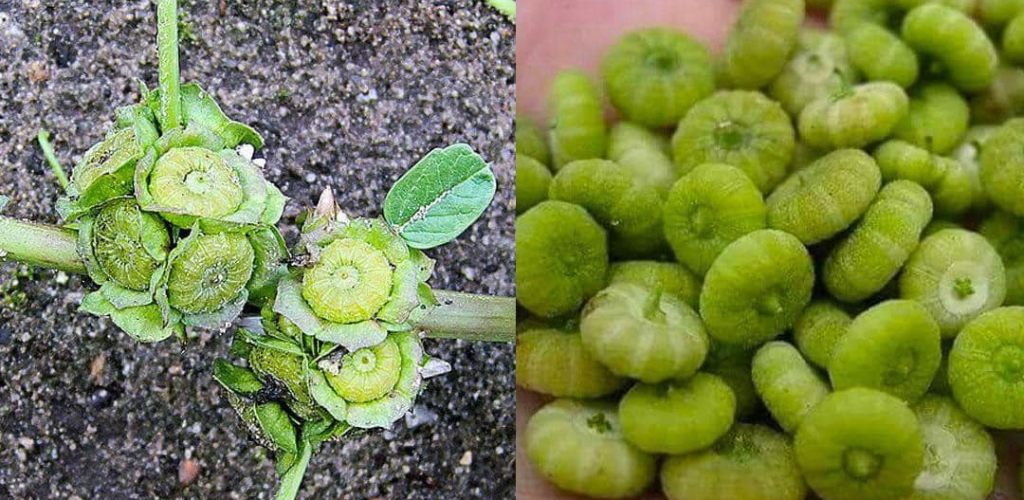The Gentle Giants: Malva Neglecta and Malva Sylvestris in Traditional and Modern Wellness Practices
In the vast tapestry of the botanical world, few plants have been intertwined with human history and wellness practices as seamlessly as Malva neglecta and Malva sylvestris, commonly known as common mallow and tall mallow respectively. These hardy and widespread species belong to the Malvaceae family, a group known for its significant cultural, medicinal, and culinary contributions across civilizations. With a rich tapestry of folklore, historical use, and emerging scientific research supporting their benefits, these plants offer a unique blend of tradition and modernity in the pursuit of health and wellness.
Health Uses and Benefits
Malva Neglecta (Common Mallow)
Digestive Aid: The mucilaginous nature of common mallow is a boon to the digestive system. Its gentle soothing properties can relieve irritation in the gastrointestinal tract, making it an excellent natural remedy for problems such as gastritis, irritable bowel syndrome (IBS), and heartburn. A tea made from the leaves and flowers can provide a protective layer on the digestive lining, promoting healing and comfort.
Respiratory Relief: Common mallow also plays an important role in respiratory health, thanks to its expectorant properties. It can help relieve symptoms of common colds, bronchitis, and sore throat. The mucilage helps soothe irritated mucous membranes and makes it easier to expel mucus, making breathing easier. A warm infusion or syrup made from the plant can be used to relieve coughs.
Anti-inflammatory Properties: The plant’s anti-inflammatory effects are beneficial in reducing swelling and pain in conditions such as arthritis and muscle aches. Applying a poultice made from the leaves or drinking the tea can help mitigate inflammation both internally and externally.
Immune System Support: Rich in antioxidants, common mallow can boost the immune system, protecting the body from oxidative stress and aiding in the fight against infections. The presence of vitamins A and C, along with minerals such as iron and magnesium, contribute to its immune-boosting capabilities.
Urinary Health: Malva neglecta has traditionally been used to support urinary tract health. It can act as a diuretic, helping to eliminate toxins and reduce the risk of urinary tract infections. Its soothing properties can also relieve discomfort associated with inflammation in the urinary system.
Skin Care: Beyond its internal uses, common mallow is prized for its skin-healing properties. It can moisturize and soothe skin irritation, eczema, and dermatitis thanks to its high mucilage content. Applied topically, it can help heal wounds, bites, and burns, speeding up skin regeneration and providing a barrier against infection.
Rich in Antioxidants: The plant is a source of powerful antioxidants that can fight free radicals and contribute to overall health. This antioxidant activity supports cardiovascular health by maintaining healthy blood pressure levels and lowering cholesterol.
Culinary Uses: Common mallow is not only beneficial to health, but it is also edible and nutritious. The leaves, stems, and flowers can be added to salads, soups, and stews, providing a nutritious boost. Rich in vitamins and minerals, it adds subtle flavor and a host of health benefits to everyday meals.
Incorporating Malva neglecta into your wellness routine or diet can offer a holistic approach to health, drawing on centuries of traditional use backed by modern research. Whether used for its medicinal properties or as a nutritious addition to meals, common mallow stands out as a versatile and valuable plant in the realm of natural health and wellness.
